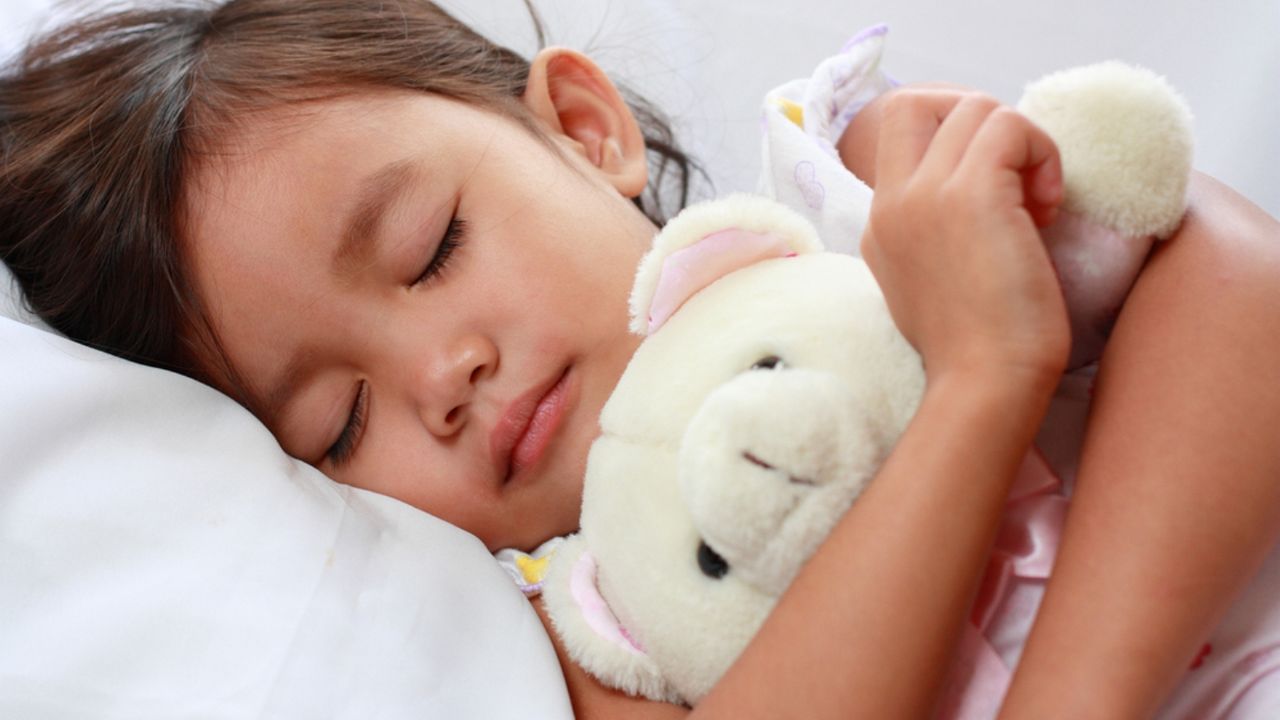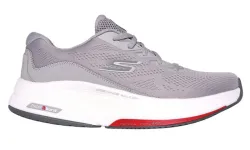Quality sleep is indispensable for a healthy life in both adults and children. In obstructive sleep apnea, there is a sudden cessation of breathing as a result of complete or partial airway obstruction during sleep and deterioration of sleep quality. We know that sleep apnea in adults invites many diseases, from heart rhythm disturbances to reflux, from hypertension to sexual dysfunction. Sleep apnea in children; It causes many problems, from growth and development retardation to frequent upper respiratory tract infections, from hyperactivity to school failure.
The total sleep time in preschool children is 11-12 hours, and in the 6-12 age period this period is 9-11 hours. It is very important to treat obstructive sleep apnea before school. Because the quality of life and school success of untreated children are negatively affected.
In a study, the rate of chronic snoring in primary school children was found to be 10%, and apnea was found to be 1%.
Sleep apnea causes difficulty concentrating in children, leading to learning difficulties and school failure.
If your child snores during sleep, sweats excessively during the night, turns over in bed, and stops breathing even once, you should suspect sleep apnea. Even though sleep apnea is more common in children with facial development defects, especially those who are obese, allergic and have large tongues, the main cause is almost always large tonsils and adenoids. Common nasal polyps can also be the cause of apnea from time to time.
In children whose sleep patterns are disturbed and who cannot sleep enough at night, their concentration decreases over time. Perception disorder brings with it difficulty in memorizing and learning. There is a decrease in attention and deterioration in memory use. The child who exhibits irritable behavior during the day becomes intolerant and hyperactive.
In children whose sleep patterns are disturbed and who cannot sleep enough at night, their concentration decreases over time. Perception disorder brings with it difficulty in memorizing and learning. There is a decrease in attention and deterioration in memory use. The child who exhibits irritable behavior during the day becomes intolerant and hyperactive.
In a child with sleep apnea, the oxygen level may decrease and structural disorders may occur in the face, jaw and mouth. At night, growth hormone is secreted less, therefore development is impaired, weight gain and height growth stop.
If the child's complaints occur following an upper respiratory tract infection, drug treatment is applied. If this situation does not improve with treatment, the size of the adenoid and tonsils is evaluated for surgery. Sleep apnea caused by the adenoid and tonsil problem improves dramatically after the surgery. Appetite increases, growth and development increase. It becomes regular and the child's school success increases because he gets enough sleep.





























